Tomahawk Construction
Some primitive techniques for Tomahawk construction
Find a green sapling. This one is hickory
Then make a hand axe out of good flint. This good Georgetown flint from south Texas
Chop the sapling like you would with a metal axe. It will break the fibers and eventually you can break it off.
Now chop off a selected length for tomahawk shaft.
If you need to sharpen your hand axe during the process. Knock some flakes off the edge. Here I am using a moose antler billet.
Now, you need to cut off a usable length for the shaft.
Now you need to split the top half of the shaft to accept the head. To restrict the split from going too far down the shaft, wrap the shaft with wet rawhide just below the head cavity.
I am using a deer antler chisel to split the shaft, hammering it with the moose antler
Continue to chip out the cavity, using the antler chisel and a sharp flint flake
Put a stone in the cavity and wrap the ends together with wet rawhide. Wrap tightly and let dry for a day or two.
Display Rack for Needlepoint
I built this rack for a national display of American flags done in needlepoint done by ladies of the American Needlepoint Guild.
Reed Box
I built this reed box for my saxophone instructor. It is made from curly maple, bocote and purple heart with a green velvet lining. It is very slender and slides open.
Wolf Arrow Box
I made this arrow box for a friend of mine. It is composed of cedar and painted with acrylic paint. I modelled it after a west coast North American native arrow box that I saw a picture of. I started with a cedar post from Home Depot, hollowed it out with chisels, put a simple pin hinge on one end and a simple latch on the front end.
Duck Calls
Sea Turtle
This is a sea turtle cutting board that I made for a lady whose decorative theme for her St. Thomas condo was, of course, sea turtles. She wanted it made of decorative woods. This is what I came up with. It took many different cuts and pieces and about 12 different species of woods, but I finally finished it after about a year.
Traditional Archery Club Trophy
This is an example of my "weird" woodworking. I was commissioned by the North Georgia Traditional Archery club to make some trophies for their year-end shoot in August of 2011. This is what I came up with. I used a rounded slab from a sparkleberry tree for the base, drilled two holes in in it and placed some hickory branches in the holes for a frame. I lashed them together with artificial sinew, then soaked some goat rawhide in water and stretched it over the frame. When it dried, it was taut and smooth. I then painted the symbol and lettered the award with the appropriate category--in this case the longbow champion. I made ten of these trophies, including four for the youth entrants. Everyone seemed pleased with the trophies.



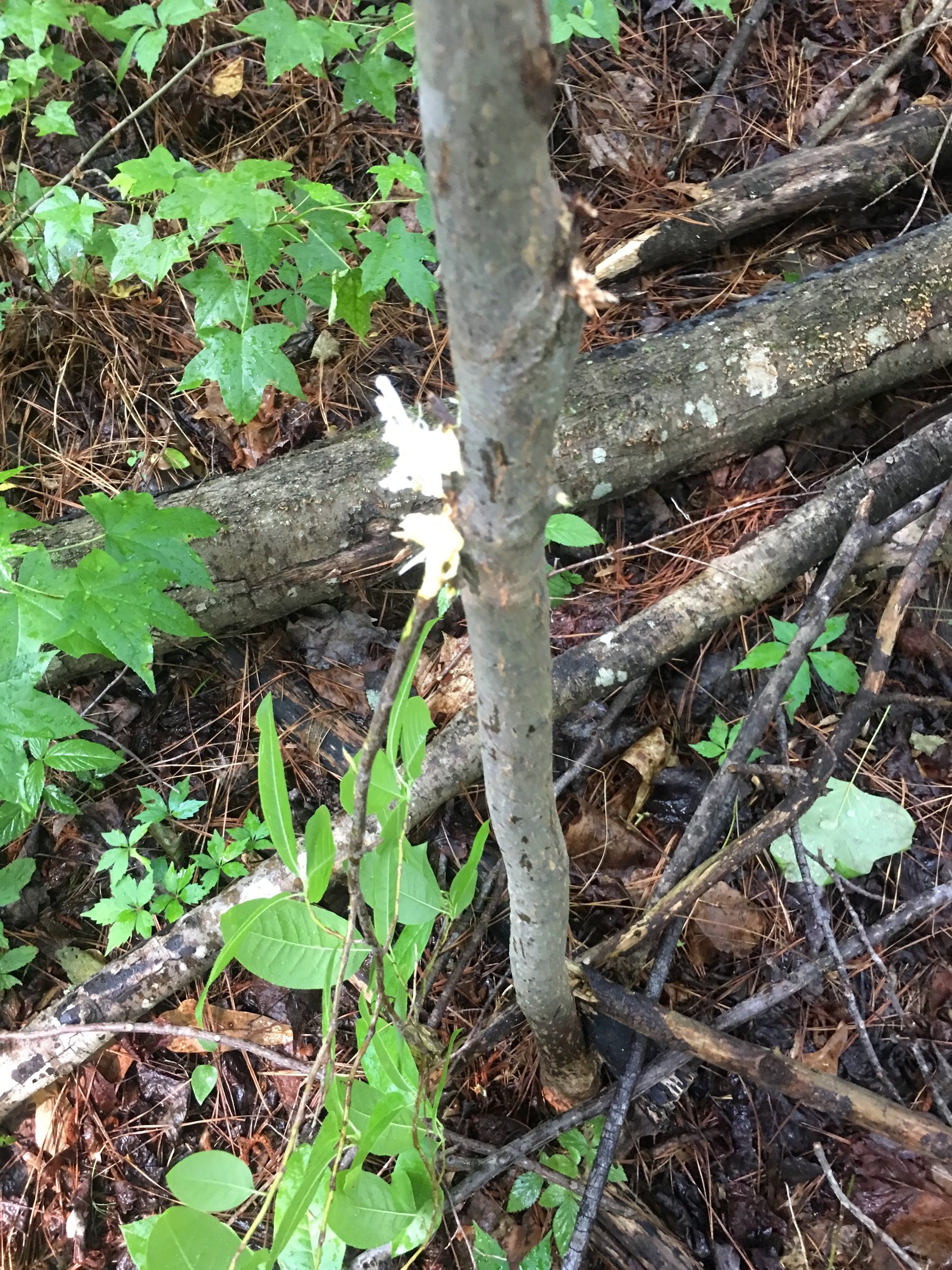
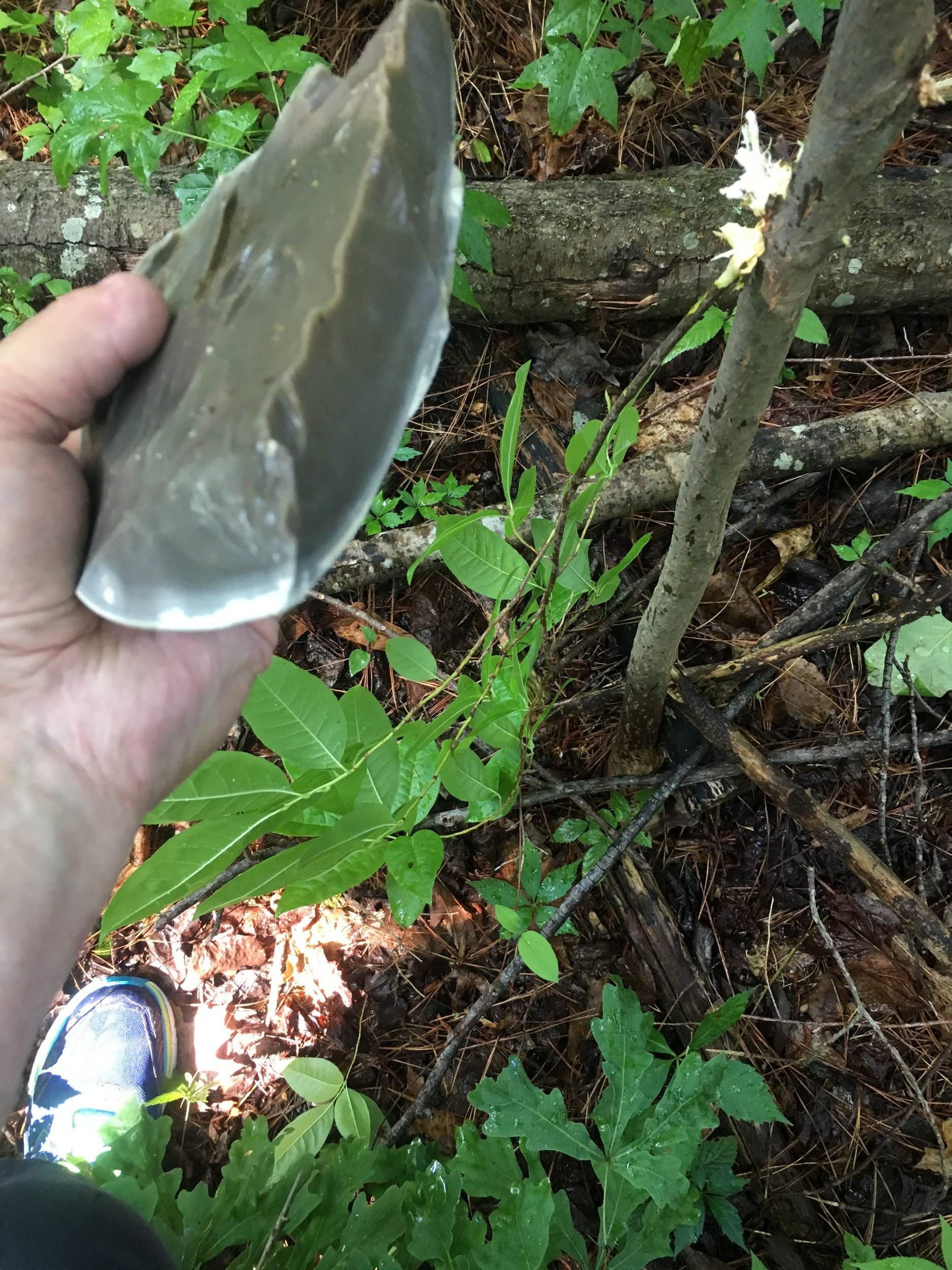
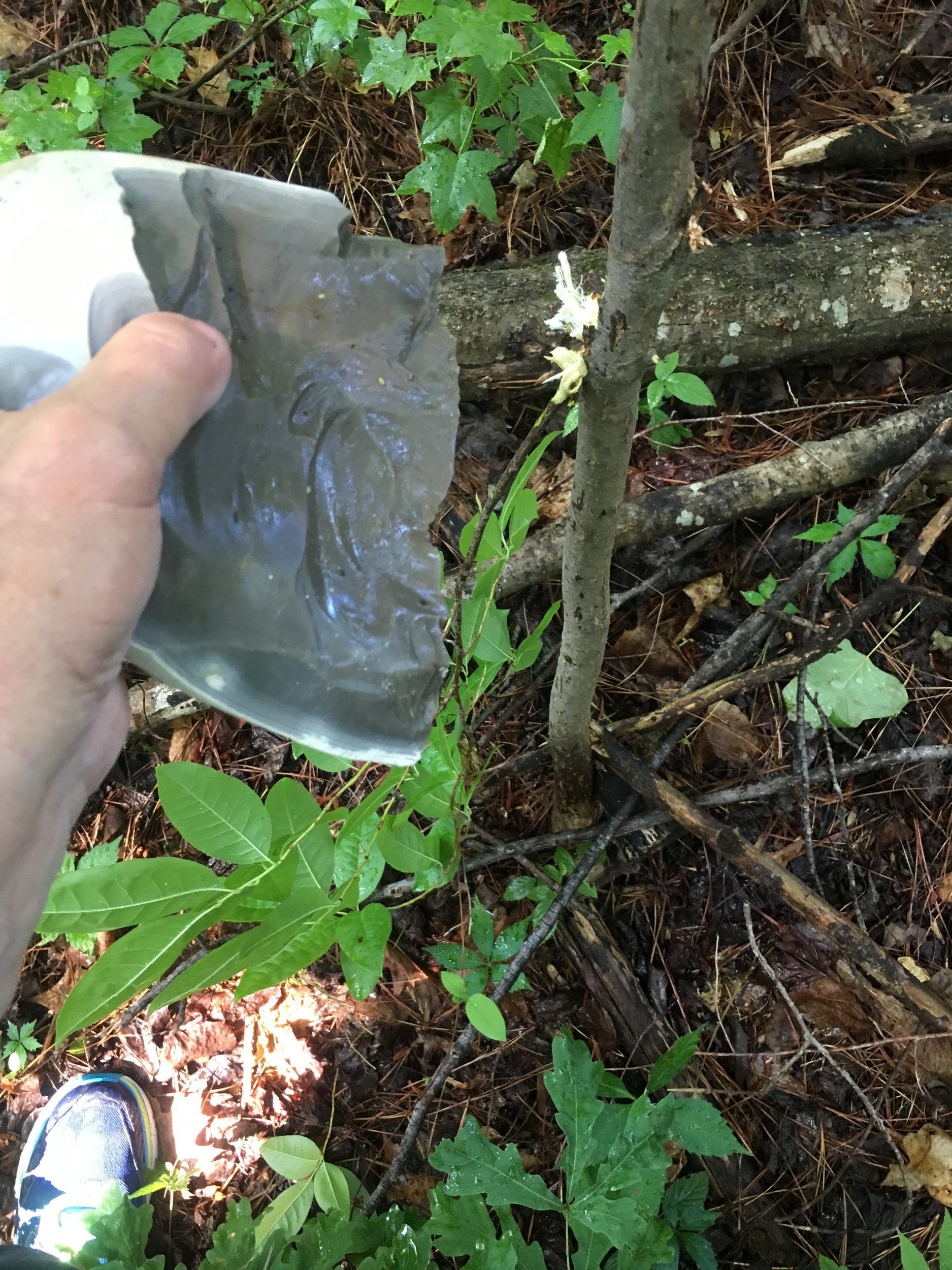

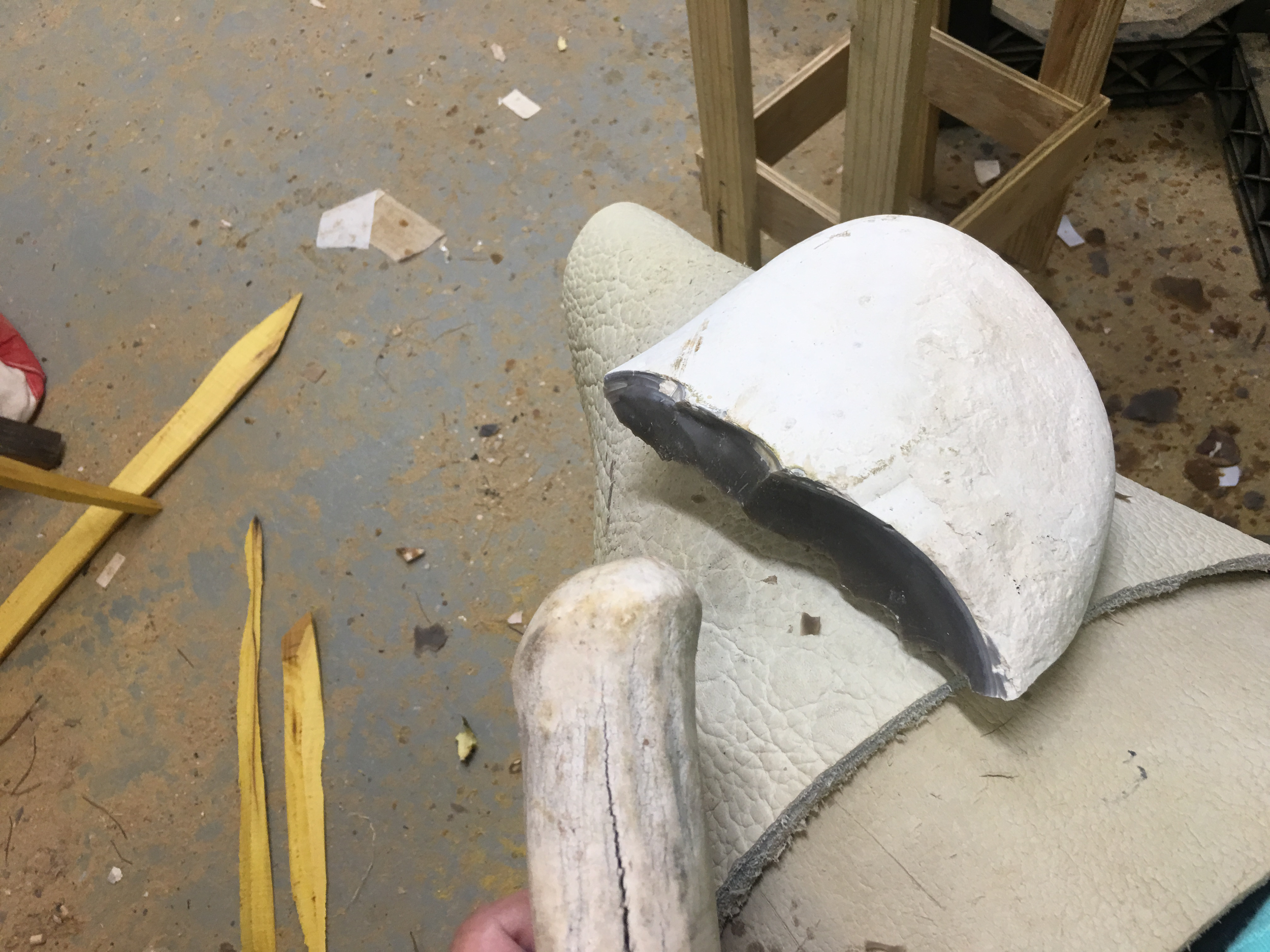
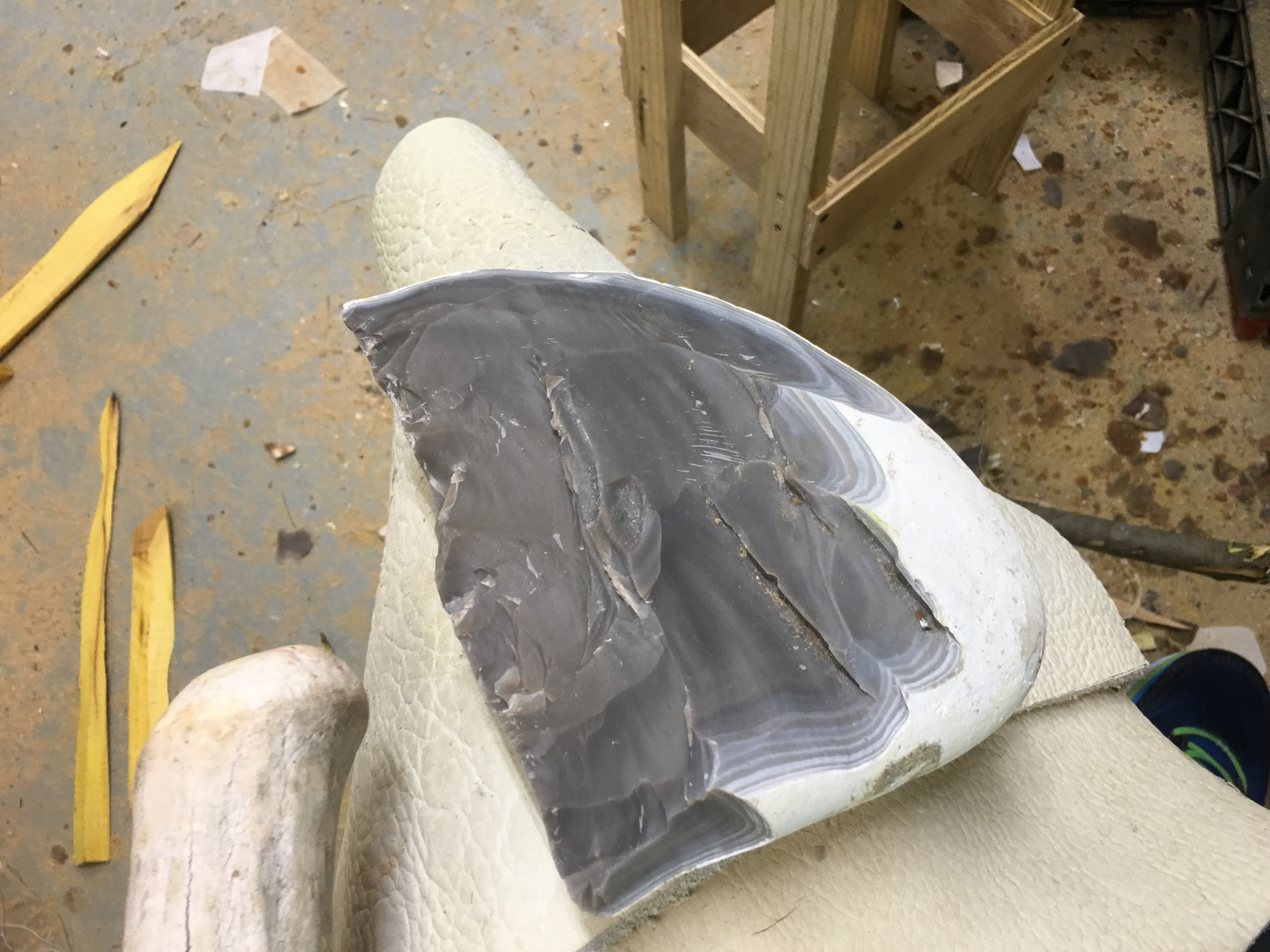
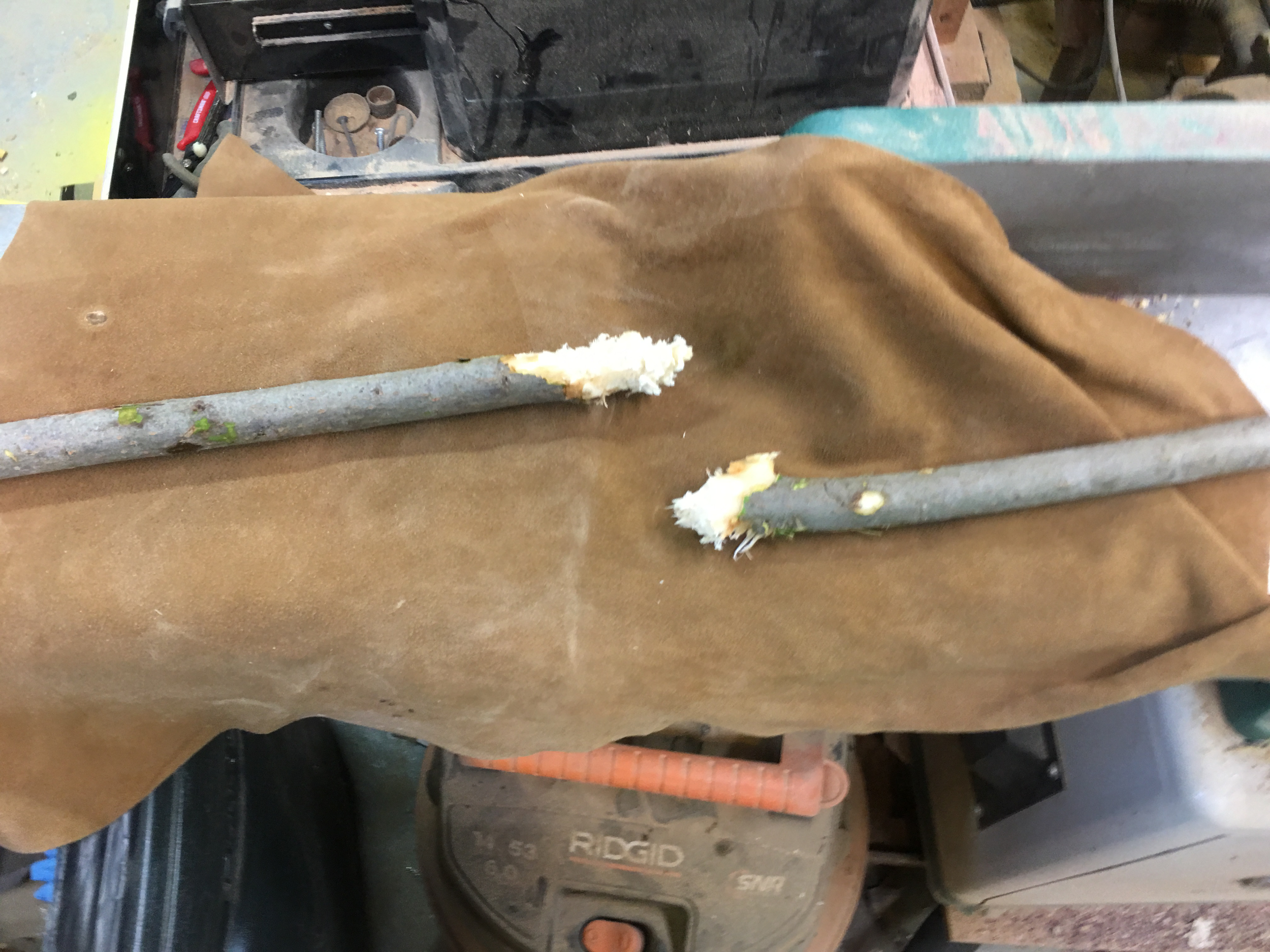
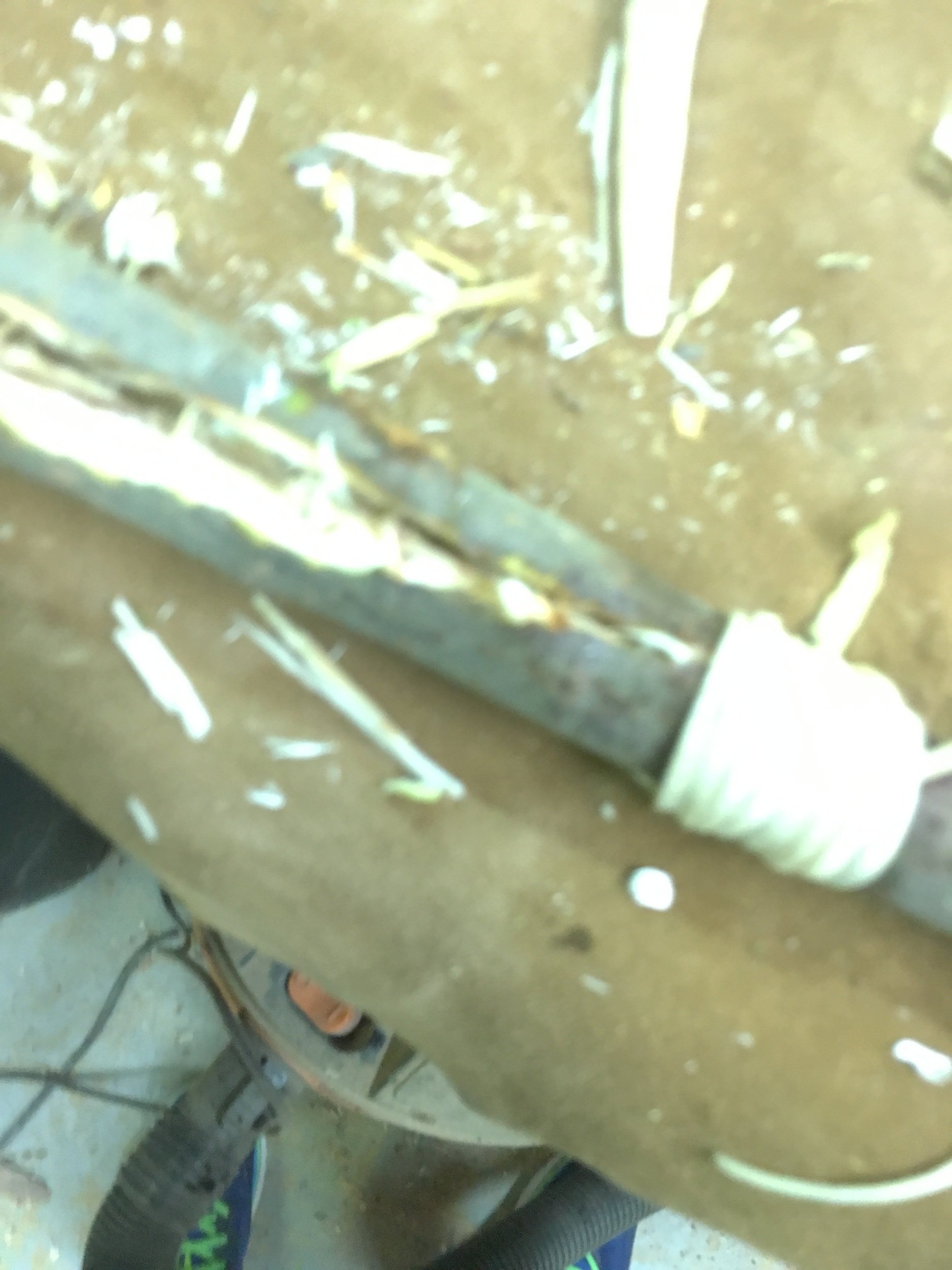
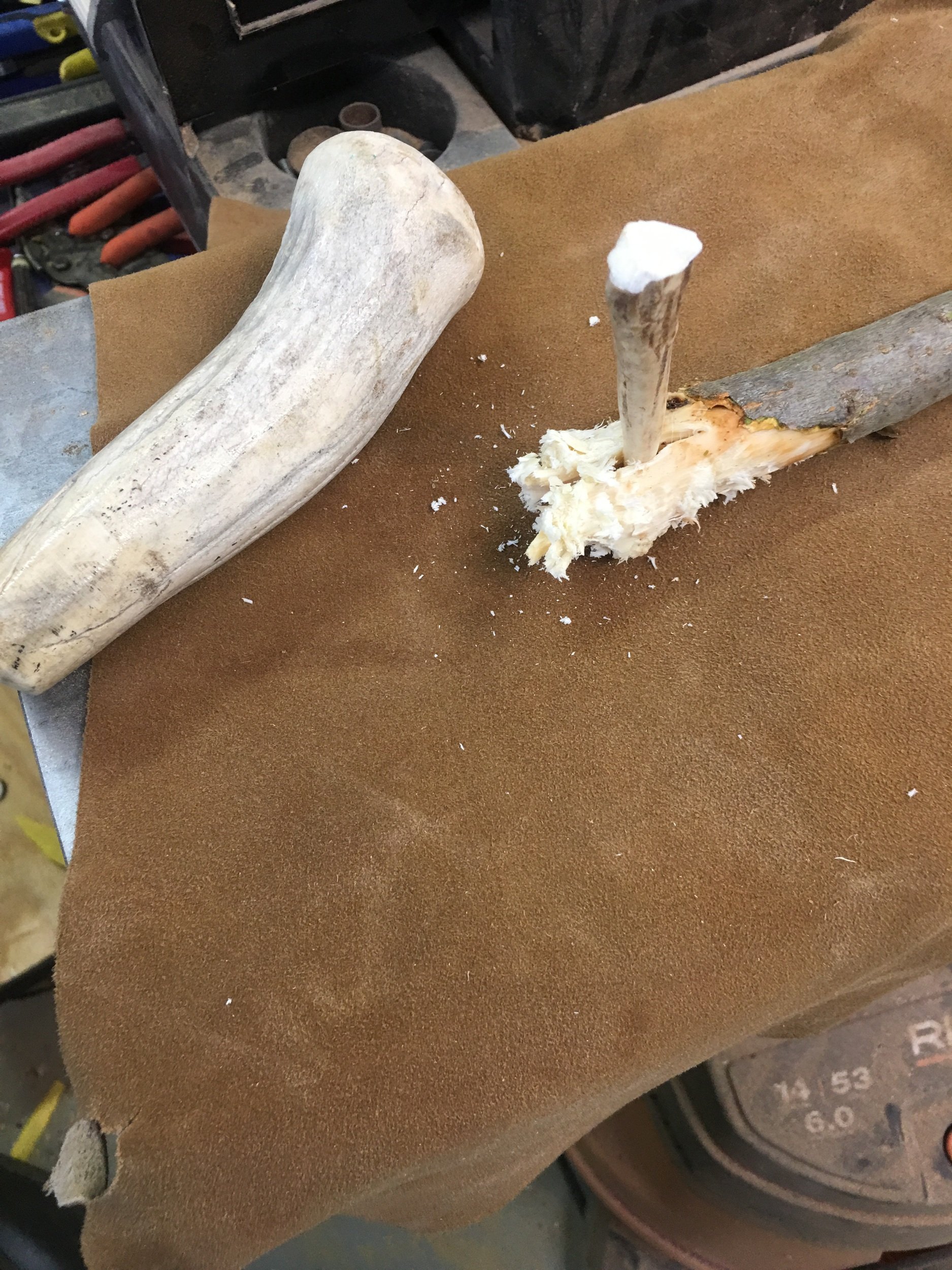
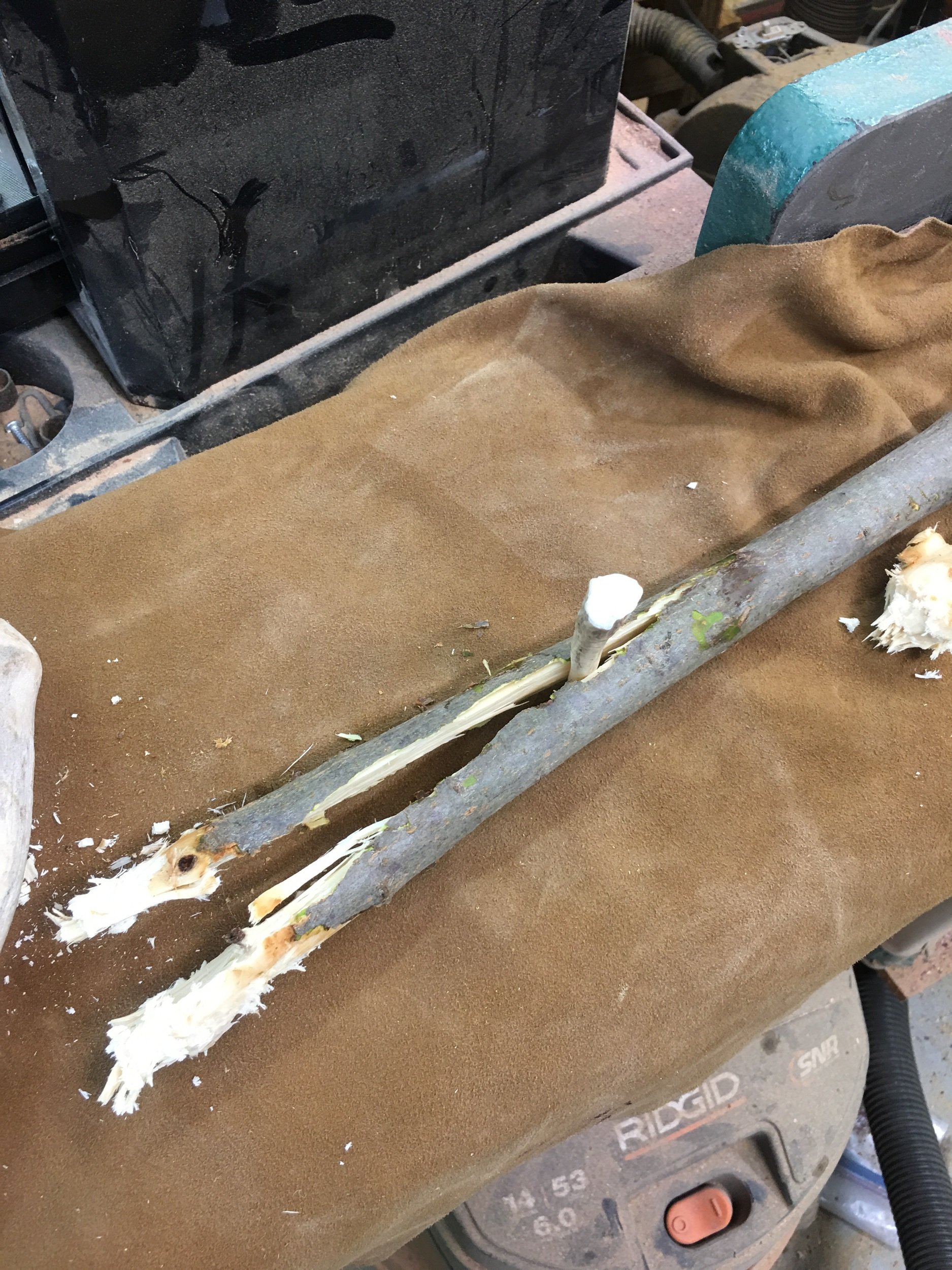
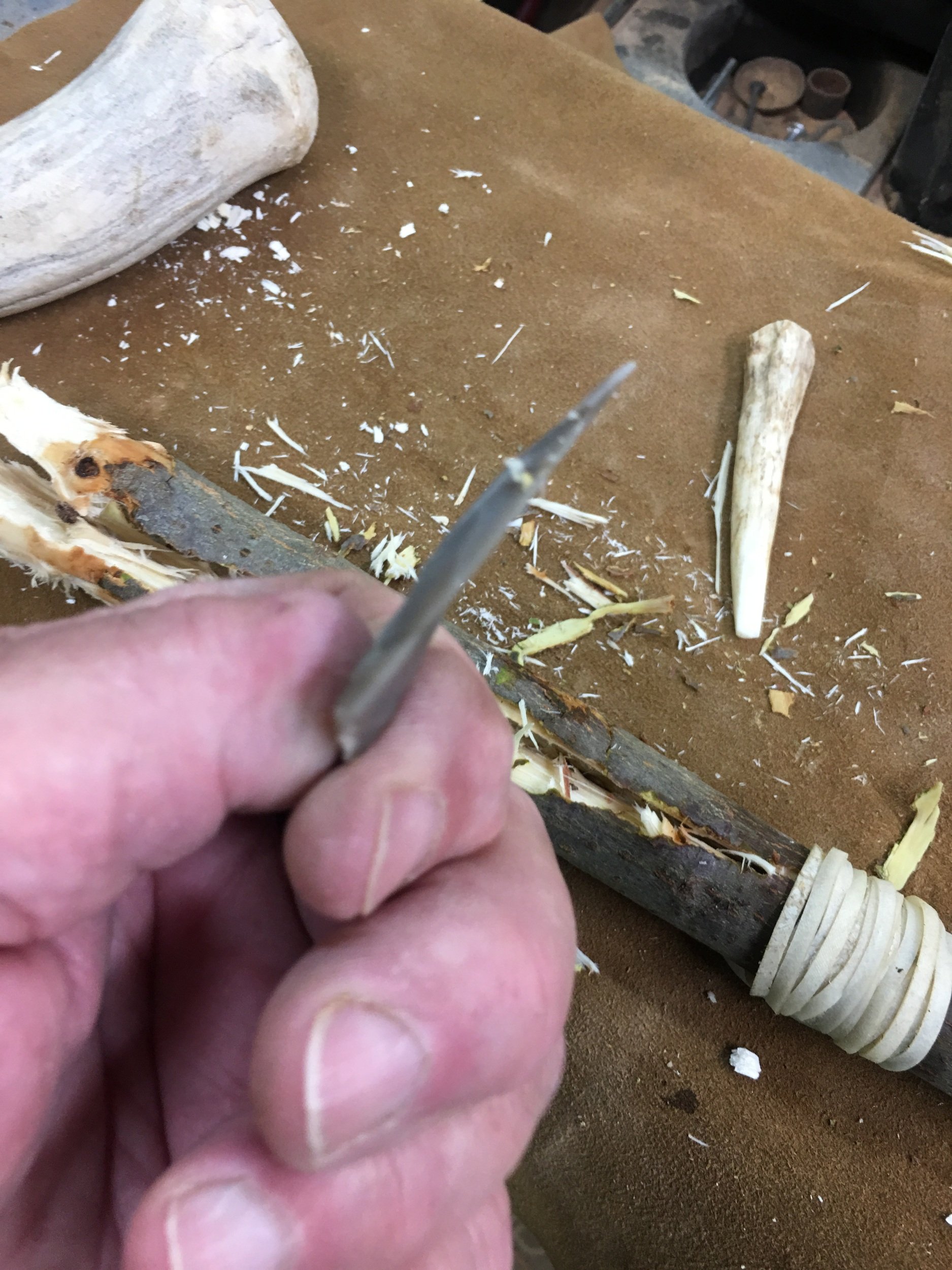
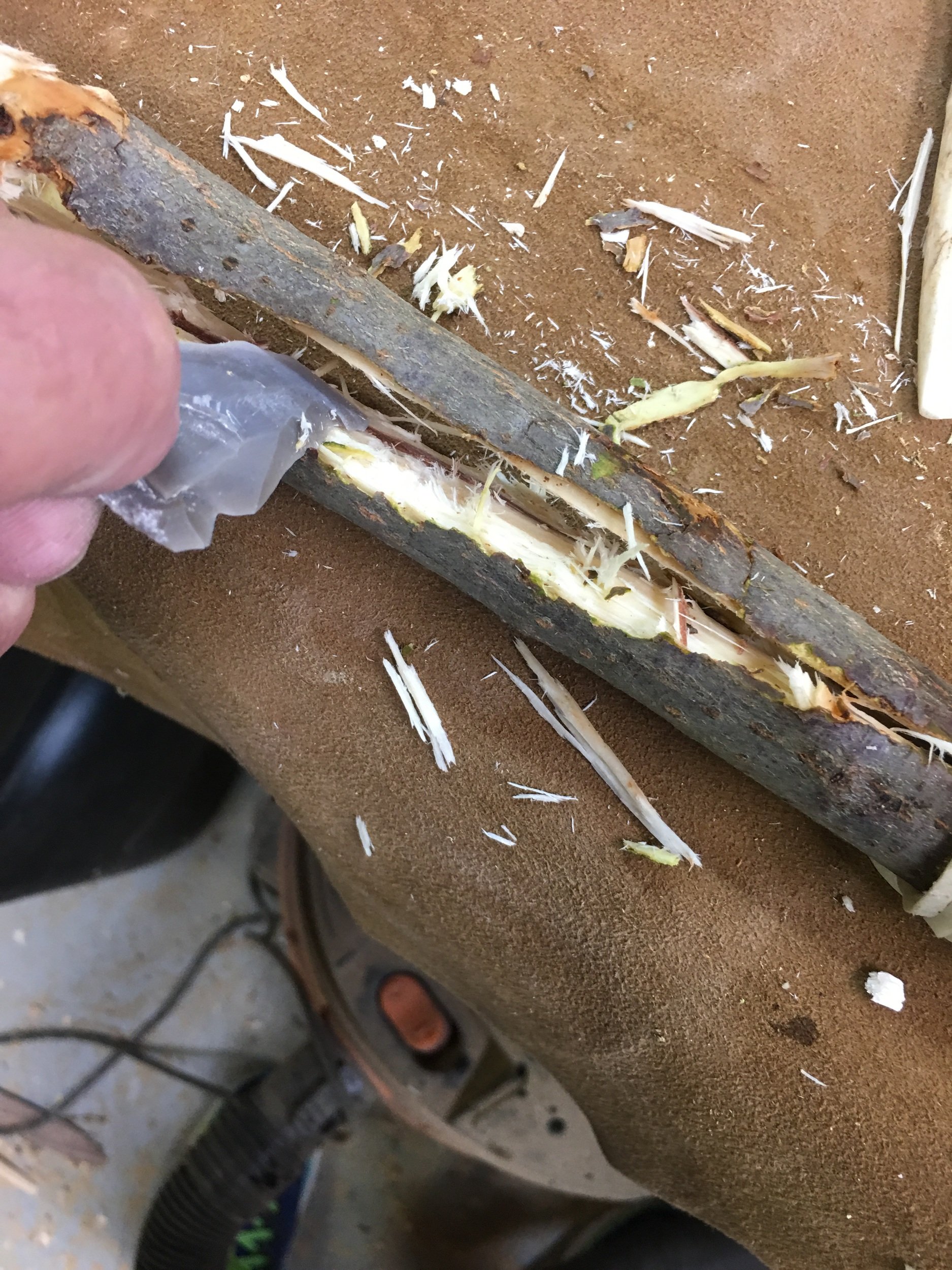
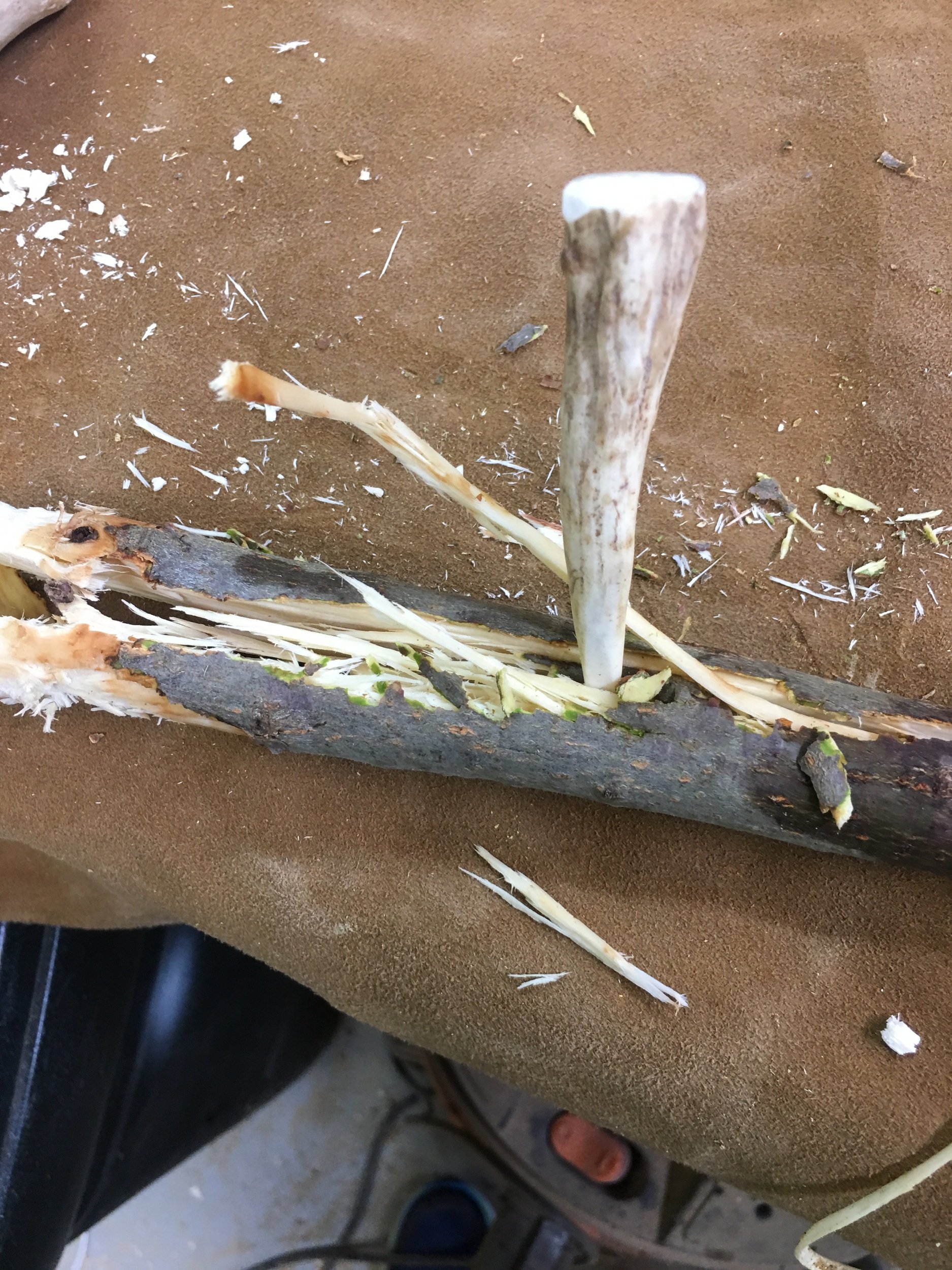
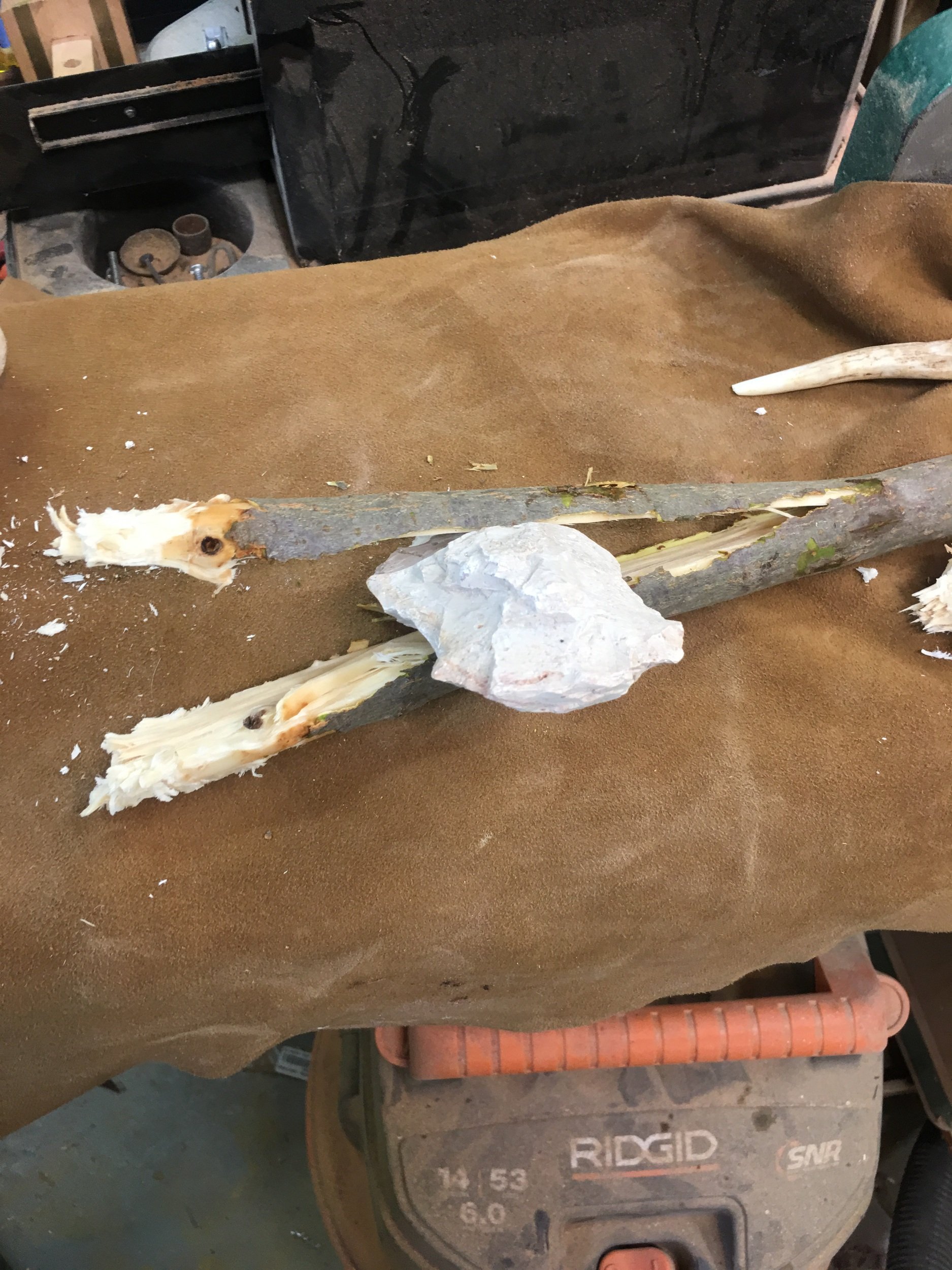
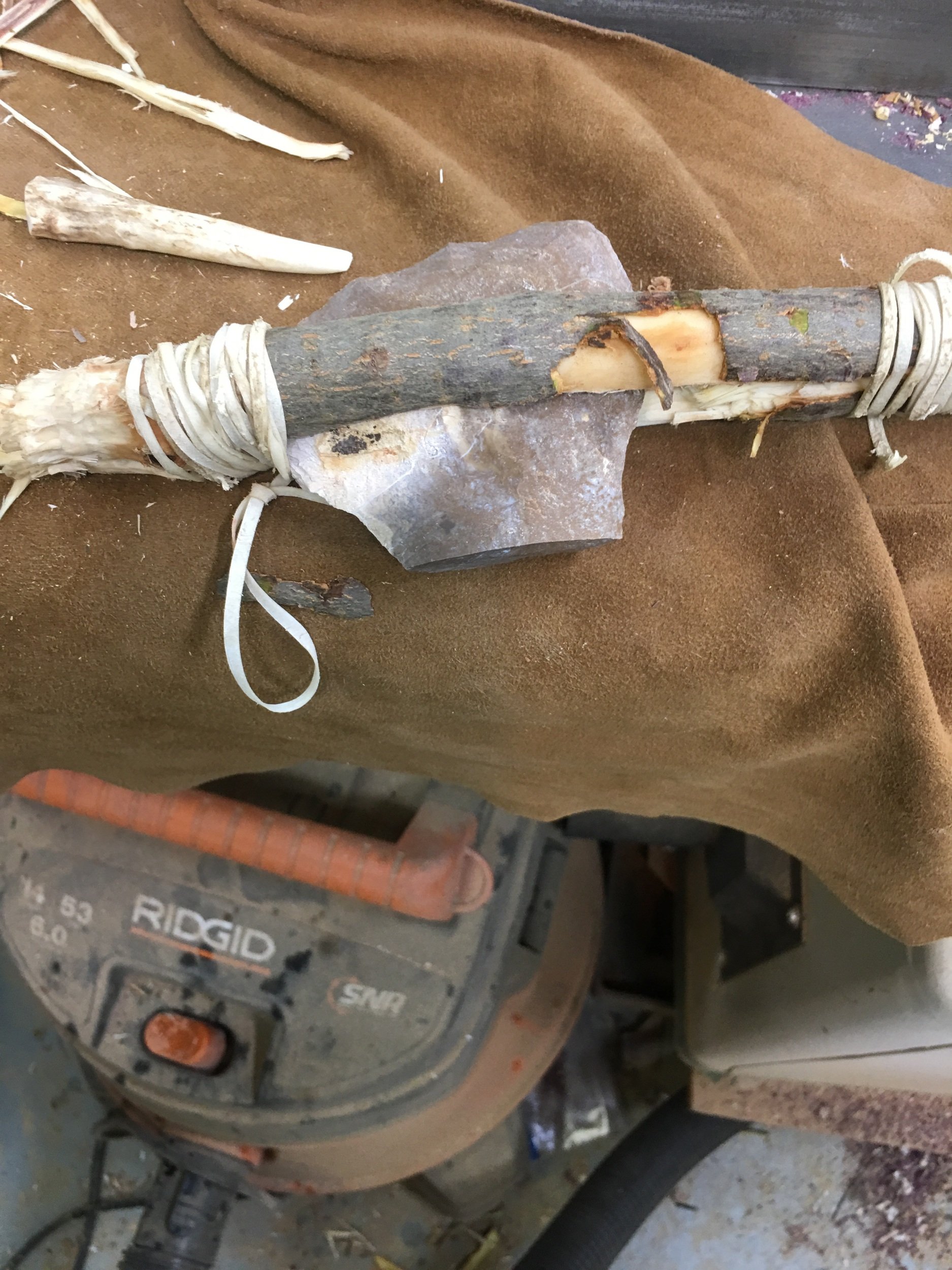
![Reed-Box-1[1].jpg](https://images.squarespace-cdn.com/content/v1/5c5644b5b10f25f13eaf300c/1590499444877-W1BJU5RT99REOV8028HT/Reed-Box-1%5B1%5D.jpg)
![Reed-Box-3[1].jpg](https://images.squarespace-cdn.com/content/v1/5c5644b5b10f25f13eaf300c/1590499473199-SP4EBZLFBQE2D9QLTLL1/Reed-Box-3%5B1%5D.jpg)
![Reed-Box-2[1].jpg](https://images.squarespace-cdn.com/content/v1/5c5644b5b10f25f13eaf300c/1590499459939-OBQNT7O53IOS1QWSYXYM/Reed-Box-2%5B1%5D.jpg)
![Reed-Box-4[1].jpg](https://images.squarespace-cdn.com/content/v1/5c5644b5b10f25f13eaf300c/1590499489755-708GX0Q02RJ4L4NFJRZO/Reed-Box-4%5B1%5D.jpg)
![Wolf-Arrow-Box-3-e1324436606851[1].jpg](https://images.squarespace-cdn.com/content/v1/5c5644b5b10f25f13eaf300c/1590499168325-1HY6LA8Y5B1UYDFZKMMX/Wolf-Arrow-Box-3-e1324436606851%5B1%5D.jpg)
![Wolf-Arrow-Box-2-e1324436556577[1].jpg](https://images.squarespace-cdn.com/content/v1/5c5644b5b10f25f13eaf300c/1590499183113-P8BLA5D6UM3O467T9VFD/Wolf-Arrow-Box-2-e1324436556577%5B1%5D.jpg)
![Wolf-Arrow-Box-1-e1324436588267[1].jpg](https://images.squarespace-cdn.com/content/v1/5c5644b5b10f25f13eaf300c/1590499198597-CJE02PCYJI43GE4UYAGF/Wolf-Arrow-Box-1-e1324436588267%5B1%5D.jpg)
![Duck-Call-2-e1324434144194[1].jpg](https://images.squarespace-cdn.com/content/v1/5c5644b5b10f25f13eaf300c/1590498784520-TW0THOXRLVDI52BLSEG6/Duck-Call-2-e1324434144194%5B1%5D.jpg)
![Duck-Call-3[1].jpg](https://images.squarespace-cdn.com/content/v1/5c5644b5b10f25f13eaf300c/1590498801046-0R69H4IZNQ7E4POO5SWQ/Duck-Call-3%5B1%5D.jpg)
![Duck-Call[1].jpg](https://images.squarespace-cdn.com/content/v1/5c5644b5b10f25f13eaf300c/1590498814448-78ALLS25HCULNLMQWZDL/Duck-Call%5B1%5D.jpg)
![Turtle[1].jpg](https://images.squarespace-cdn.com/content/v1/5c5644b5b10f25f13eaf300c/1590497813828-RH6XS2WXNSN8FOYI3I8A/Turtle%5B1%5D.jpg)
![Turtle-Bottom[1].jpg](https://images.squarespace-cdn.com/content/v1/5c5644b5b10f25f13eaf300c/1590497833177-RCJYN13PW814207SW4A1/Turtle-Bottom%5B1%5D.jpg)
![Turtle-Level[1].jpg](https://images.squarespace-cdn.com/content/v1/5c5644b5b10f25f13eaf300c/1590497848526-ZRGOAFAARDC4OSBBY8CY/Turtle-Level%5B1%5D.jpg)
![Turtle-Side[1].jpg](https://images.squarespace-cdn.com/content/v1/5c5644b5b10f25f13eaf300c/1590497866170-39H5KG53YYQP01CU6Z9E/Turtle-Side%5B1%5D.jpg)